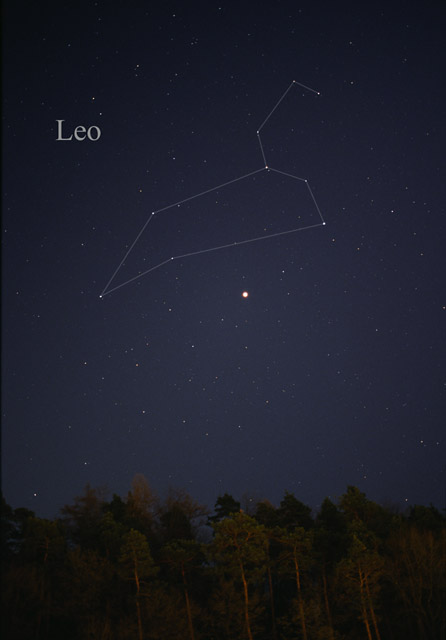In quantum mechanics, the Schrödinger equation is a partial differential equation that describes how the quantum state of a quantum system changes with time. It was formulated in late 1925, and published in 1926, by the Austrian physicist Erwin Schrödinger.

In classical mechanics Newton’s second law, (F = ma), is used to mathematically predict what a given system will do at any time after a known initial condition. In quantum mechanics, the analogue of Newton’s law is Schrödinger’s equation for a quantum system (usually atoms, molecules, and subatomic particles whether free, bound, or localized). It is not a simple algebraic equation, but in general a linearpartial differential equation, describing the time-evolution of the system’s wave function (also called a “state function”).
The concept of a wavefunction is a fundamental postulate of quantum mechanics. Although Schrödinger’s equation is often presented as a separate postulate, some authors show that some properties resulting from Schrödinger’s equation may be deduced just from symmetry principles alone, for example the commutation relations. Generally, “derivations” of the Schrödinger equation demonstrate its mathematical plausibility for describing wave-particle duality, but to date there are no universally accepted derivations of Schrödinger’s equation from appropriate axioms.
In the Copenhagen interpretation of quantum mechanics, the wave function is the most complete description that can be given of a physical system. Solutions to Schrödinger’s equation describe not only molecular, atomic, and subatomic systems, but also macroscopic systems, possibly even the whole universe. The Schrödinger equation, in its most general form, is consistent with both classical mechanics and special relativity, but the original formulation by Schrödinger himself was non-relativistic.
The Schrödinger equation is not the only way to make predictions in quantum mechanics—other formulations can be used, such as Werner Heisenberg‘s matrix mechanics, and Richard Feynman‘s path integral formulation.













You must be logged in to post a comment.